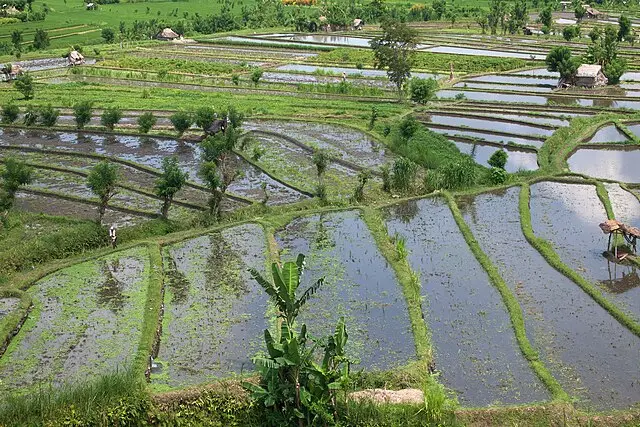A good monsoon: Despite a dwindling share, agriculture could buttress India’s growth projections amid rising global risks

A Positive Monsoon for India: Agriculture’s Role in Strengthening Economic Growth Amid Global Challenges
As India braces for an above-average monsoon in 2025, expectations are high that agriculture will play a key role in supporting the country’s economic growth. Despite agriculture’s declining contribution to India’s overall GDP, the sector remains crucial for both rural livelihoods and the stability of food prices.
The monsoon, forecasted to deliver 105% of the long-term average rainfall this year, will likely provide a much-needed boost to the agricultural sector. While agriculture now accounts for around 16% of GDP, it still supports over 46% of the Indian population, especially in rural areas where people depend on successful harvests for their livelihood.
Agriculture’s Continued Importance Despite Shrinking Share
Though the share of agriculture in the nation’s GDP has reduced due to the growth of manufacturing and services sectors, agriculture continues to play a significant role in sustaining India’s growth prospects. A favorable monsoon brings hope for improved crop yields, which can drive up rural income, reduce food inflation, and stabilize supply chains. This is particularly vital for India’s economy, which, like the rest of the world, faces heightened risks from global economic slowdowns, trade disruptions, and inflationary pressures in developed nations.
India’s farmers, especially those in regions reliant on rain-fed agriculture, expect a bountiful harvest this year. Enhanced productivity in crops such as rice, wheat, and pulses could improve food security while providing relief to India’s inflation levels. As the global economy contends with geopolitical tensions, India’s agricultural output could stabilize the economy, buffering the country from some of the worst effects of global financial risks.
Positive Spillover Effects for Inflation and Trade Balance
India’s inflation has already begun to ease, with retail inflation dropping to 3.34% in March 2025. Analysts attribute this decline to the favorable outlook for food prices, with expectations of a bumper crop playing a significant role. Lower food inflation can have far-reaching effects, making basic essentials more affordable for Indian consumers and allowing the Reserve Bank of India to maintain a supportive monetary policy stance, which could include further interest rate cuts to stimulate growth.
Moreover, India’s improved agricultural output will likely boost exports. With stronger crop yields, India may ramp up exports of key agricultural products like rice, sugar, and onions, which could reduce the country’s reliance on imports of edible oils and other food items. This increase in agricultural exports will help improve India’s trade balance, potentially enhancing the country’s foreign exchange reserves and reducing its trade deficit. Strengthening agricultural exports could also open up new markets for Indian produce, positioning India as a more prominent player in global agricultural trade.
Strategic Outlook Amid Global Challenges
The global economy faces a range of challenges, from supply chain disruptions to fluctuating commodity prices and geopolitical tensions. As major economies face potential recessions or slowdowns, India’s agricultural sector could serve as a crucial buffer to mitigate the impact of these global risks. While the manufacturing and services sectors are also important drivers of economic growth, agriculture’s contribution remains vital, especially in a year when monsoon rains are expected to be particularly generous.
In conclusion, a good monsoon has the potential to act as a cornerstone for India’s growth trajectory in 2025. The agricultural sector, despite its declining share in the overall economy, will continue to be a linchpin for rural welfare, food security, and overall economic stability. As the country navigates a volatile global landscape, the monsoon’s role in shaping agricultural productivity cannot be overstated. The positive impact of this year’s monsoon will ripple across various facets of India’s economy, from inflation management to trade balances, positioning India to weather global uncertainties more effectively.






